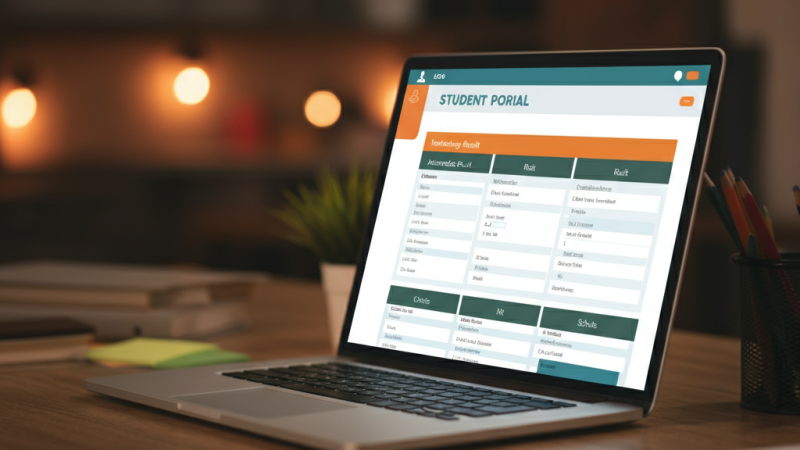How to Support English Language Learners Through Technology

English language learners (ELLs) have unique needs. Limited English proficiency, cultural differences, and varying levels of education can make it difficult for teachers to know how best to support ELLs in the classroom. The good news is that there are simple ways to incorporate technology into your instruction so that you can better serve ELLs in your classroom and help them develop their fluency and literacy skills in English. Here’s what you need to know.
1. Improve Mastery of Various English Skills
English language learners can use technology to improve their mastery of communication skills such as vocabulary, oral, and pronunciation. EFL Learning Centre is a language school that also uses technology as a tool in order to help students improve their speaking skills, reading skills, and grammar skills through visual and audio tools. And also use it as a part that empowers learners to complete their learning through an online class.
2. Maximize Writing Support
As an EL teacher, you can help students improve their writing by providing a variety of writing tools.
- Provide a dictionary and thesaurus. Students should be able to look up words that they don’t know in order to write them correctly or find synonyms for words with which they are struggling.
- Provide peer editing tools so that students can use each other as resources when it comes time to correct one another’s work during class discussions or group projects. This will also provide opportunities for students who may struggle with writing because of dyslexia or other learning disabilities to receive assistance from peers who have strong language skills but may not be able to give as much feedback on math problems or science experiments (or vice versa).
- Provide assessment tools that allow students’ work samples from all subjects to be evaluated together—and compare how well your English learners are doing across subjects at all levels of academic achievement—to ensure that each student is receiving adequate support in his or her academic endeavours throughout the year!
3. Use Multisensory Learning Resources
The best way to support a student’s learning is to help them acquire knowledge in the most effective way possible. One of the most effective ways of doing this is through multisensory learning, which uses all three modes of sensory perception (visual, auditory, and kinesthetic).
- Visual: Images are used to reinforce content or teach new material. For example, you might use images of different facial expressions as a student practices understanding emotions in English.
- Auditory: Audio clips can be used as part of multimedia presentations or as an alternative method for teaching students who may have difficulty reading text aloud in English classes.
- Kinesthetic: Multimedia presentations that involve movement can provide more engaging experiences for learners with dyslexia or other learning difficulties who struggle with traditional classroom methods such as listening or reading aloud.
4. Help Students Overcome The Fear of Making Mistakes.
It’s important to help students overcome the fear of making mistakes. TEFL Students may fear that their peers won’t like them if they make a mistake, or they will be judged by their teachers in their classroom. Some students may not even be aware that everyone makes mistakes, so try to create an environment where it is okay for everyone to make mistakes and ask questions every day through an online class. Emphasize that learning from your mistakes is an important part of the process and how we can improve our language skills by trying new things, even if we fail sometimes!
5. Help Students Recognize Their Progress
It’s important to keep students motivated and help them recognize their own growth. This does not only help students to have effective results but also helps them to be ready for the exam test. One way to do this is by using progress reports with measurable information on how they are doing in class. Students can then use these reports as a basis for setting goals for themselves or even share them with parents, who will be able to see what their children are learning. It’s also helpful to use technology that allows you or the students to track progress, such as an online language assessment system.
6. Develop Literacy Skills for Both English and The Student’s Home Language
Develop literacy skills for both English and the student’s home language.
The more a child can read, write, speak and listen at home in their native language, the easier it will be for them to learn English. It is important to teach parents how to help their children with their reading and writing skills. For example:
- Reading online books together and also using the audio to develop literacy skills in both languages
- Discussing what they’ve read at school or home helps develop vocabulary in both languages
Conclusion
ELL students have the same right to education as native speakers, and technology is a tool that can help us provide that. It’s important to remember that ELL students are diverse in terms of their level of English proficiency and where they’re at in their academic careers. There are many different technology options available to support them through whatever stage they’re at and no matter what their goals may be. We hope this article has provided some guidance on how you can use technology with your ELL students as well!






